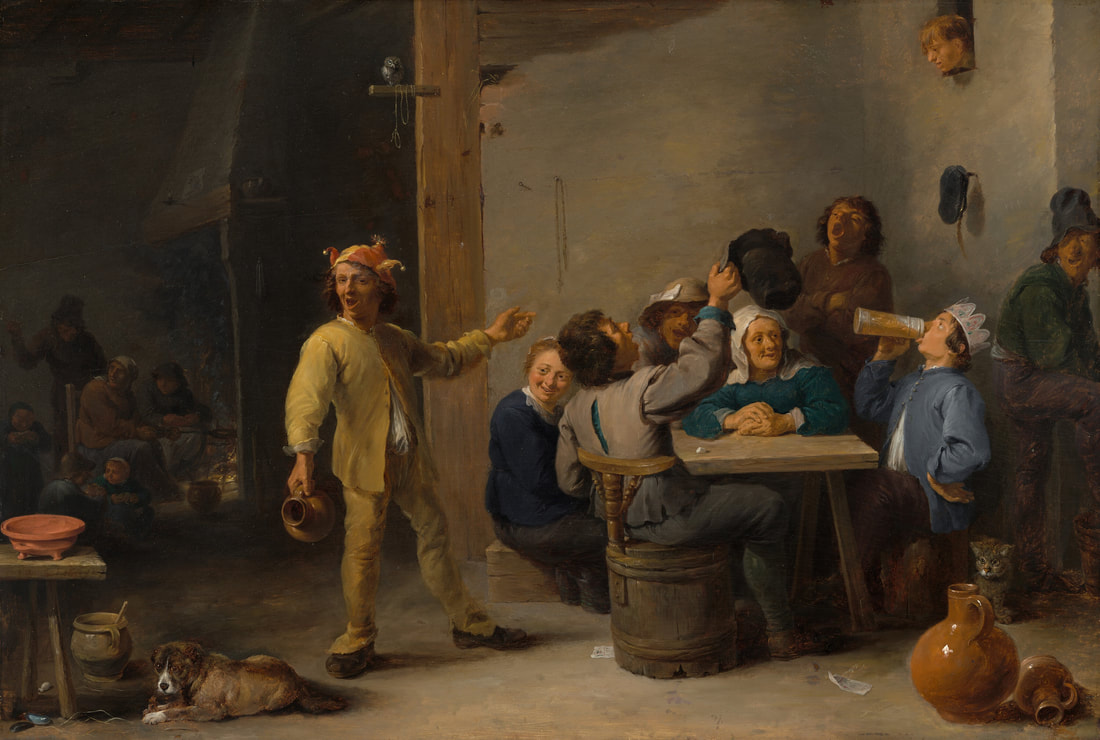 Fig 1. David Teniers the Younger. Peasants Celebrating Twelfth Night. Oil on Canvas. 1635..
Fig 1. David Teniers the Younger. Peasants Celebrating Twelfth Night. Oil on Canvas. 1635..
Medieval to Renaissance England maintained several different feasts and celebrations that invoked what C.L. Barber outlines as the Saturnalian pattern, or the way in which social ritual and ceremony around these festivities accomplished a degree of social good through inversion of the social order, the presentation of statements and counter statements (a very common device used in Shakespeare, often referred to as thesis/anti-thesis), and the movement from release to clarification. Shakespeare’s festive plays, which align with many of his earlier comedies, such as Love’s Labor’s Lost, A Midsummer Night’s Dream, and Twelfth Night are a prime example of Shakespeare deploying social custom and knowledge within the context of a play. Twelfth Night is particularly interesting, as Twelfth Night was the closing feast of the Christmas Season, which would occur on January 6 of each year. During this specific festival a “King of the Kingdom of the Bean” would often be selected (by finding a bean in a piece of cake) during the Christmas Season and become a sort of “Lord of Misrule” who would direct the festivities and be placed over his social superiors. A general mood of revelry pervaded and all manner of hijinks, pranks, tricks, etc. were committed by those engaged in the topsy turvy world of festival celebrations. Importantly, disguise, cross-dressing, dance, music, and clowning were all common practice.
In the context of Twelfth Night, the play does more than simply indicate a carnivalesque spirit through its name. A lord of misrule is clearly engaged in the character of Sir Toby Belch and he is set against a strong klljoy in Malvolio, who within the saturnalian tradition was ripe for mockery within the festival context as were Elizabethan church leaders, citizens, and others who attempted to control or repress the carnival spirit. In addition to Belch’s antics, the play is full of dancing, singing, cross-dressing, and a healthy dose of mocking those in power (Both in straightforward ways such as Feste’s mockery of Malvolio and by theatrical means, such as representing extremes of love in the character of Orsino). All of this adds to the release described by Barber as creating a mood or atmosphere of revelry.
Conversely, clarification comes as the play resolves as folks move from release and restraint as connected to the particular themes at issue. In the case of Twelfth Night, we might note the release and clarification of the nature of love which is seen as unsettled in almost all relationships within the play.
Here you will find three different chapters from Barber’s landmark book Shakespeare’s Festive Comedy: A Study of Dramatic Form and Its relation to Social Custom. The first chapter details the concept of “The Saturnalian Pattern.” The second (“Holiday Custom and Entertainment”) provides information on the social customs of these kinds of festivities (I would particularly recommend the section titled The Lord of Misrule beginning on page 25). The third, “Testing Courtesy and Humanity in Twelfth Night” provides a detailed analysis of the play based on the concepts of festival, Saturnalian Patterns, misrule, and the consequences therein.
In the context of Twelfth Night, the play does more than simply indicate a carnivalesque spirit through its name. A lord of misrule is clearly engaged in the character of Sir Toby Belch and he is set against a strong klljoy in Malvolio, who within the saturnalian tradition was ripe for mockery within the festival context as were Elizabethan church leaders, citizens, and others who attempted to control or repress the carnival spirit. In addition to Belch’s antics, the play is full of dancing, singing, cross-dressing, and a healthy dose of mocking those in power (Both in straightforward ways such as Feste’s mockery of Malvolio and by theatrical means, such as representing extremes of love in the character of Orsino). All of this adds to the release described by Barber as creating a mood or atmosphere of revelry.
Conversely, clarification comes as the play resolves as folks move from release and restraint as connected to the particular themes at issue. In the case of Twelfth Night, we might note the release and clarification of the nature of love which is seen as unsettled in almost all relationships within the play.
Here you will find three different chapters from Barber’s landmark book Shakespeare’s Festive Comedy: A Study of Dramatic Form and Its relation to Social Custom. The first chapter details the concept of “The Saturnalian Pattern.” The second (“Holiday Custom and Entertainment”) provides information on the social customs of these kinds of festivities (I would particularly recommend the section titled The Lord of Misrule beginning on page 25). The third, “Testing Courtesy and Humanity in Twelfth Night” provides a detailed analysis of the play based on the concepts of festival, Saturnalian Patterns, misrule, and the consequences therein.
Sources and Additional Readings
Barber, C.L. "Introduction - The Saturnalian Pattern." In Shakespeare's Festive Comedy. Princeton University Press 1959. 1-15
Barber, C.L. "Holiday Custom and Entertainment." In Shakespeare's Festive Comedy. Princeton University Press 1959. 16-38.
Barber, C.L. "Testing Courtesy and Humanity in Twelfth Night" In Shakespeare's Festive Comedy. Princeton University Press 1959. 272-296.
Barber, C.L. "Holiday Custom and Entertainment." In Shakespeare's Festive Comedy. Princeton University Press 1959. 16-38.
Barber, C.L. "Testing Courtesy and Humanity in Twelfth Night" In Shakespeare's Festive Comedy. Princeton University Press 1959. 272-296.
